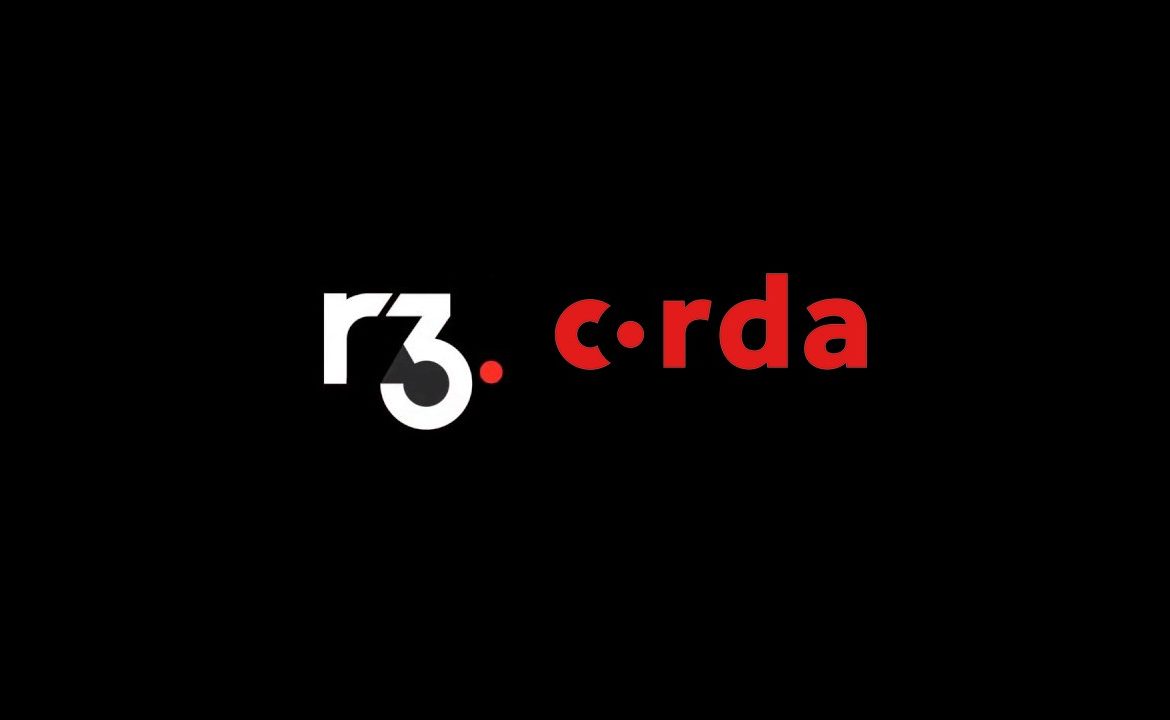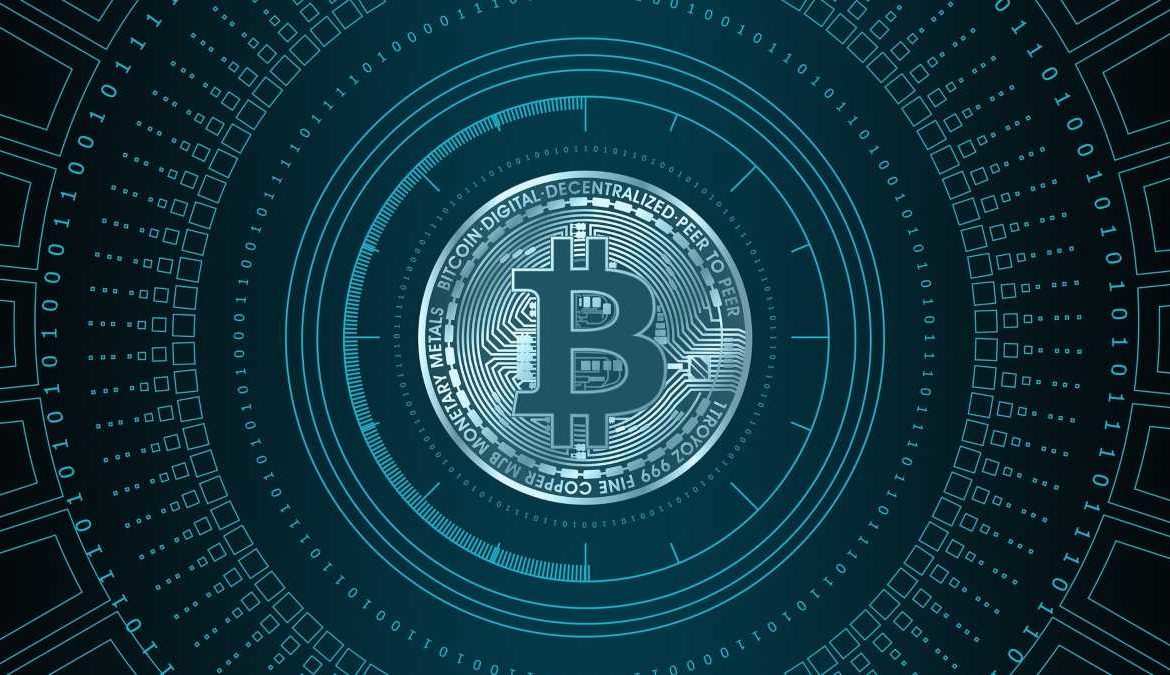R3 is a blockchain enterprise software startup founded by a collection of private and public sector blockchain enthusiasts. With over 300 participants on board, the collaborative partnership has started working on developing blockchain applications for the public good. R3 made a wise decision to employ blockchain innovation to address true business concerns in both complicated and deeply governed markets, working closely with the world’s leading monetary foundations. The community concluded there was no answer to the market problem. R3 created Corda, an open-source permissioned distributed ledger technology, and Corda Enterprise, a commercial version of Corda for enterprise use, with this goal in mind.
Corda is a blockchain by definition since its transactions are cryptographically connected or anchored. However, Corda has a fundamental feature that distinguishes it from the traditional blockchain approach. Corda does not group transactions all at once. Instead, it monitors each transaction in real time. There is no “block interval” or waiting for different trades or transactions to get along with Corda. In Corda, on the other hand, transactions are confirmed quickly.
Features of Corda
- Privacy: In Corda, the transaction will be broadcasted only on a need to know basis. So the communication remains confidential between the participants.
- Transaction finality: Corda makes use of straightforward consensus techniques. It does not necessitate the same level of computer capacity as PoW. Corda adopts a less glamorous approach to finality, relying on well-proven algorithms.
- Legally identified parties: In a Corda network, each node has a distinct identity, known as an X.500 differentiated name.
- Ability to Scale: Corda is scalable because it does not use blocks and instead relies on cryptographically secure transaction chains.
- Productivity and Enterprise Integration: Corda’s capabilities make the enterprise integration process smooth and uncomplicated when compared to other blockchain systems.
Components of Corda
A transaction in a Corda network can be started by a CorDapp installed on any of the nodes. CorDapps / Corda Distributed Applications are Corda platform-based distributed applications. All of the elements A transaction is started from Node 1 in the diagram above.
A transaction is formed from the ground up with the necessary components such as command, input state, output state, attachments, and so on. Contracts will be associated with each state. Contracts are used to validate a transaction and will include various constraints that must be met by the various phases of the transaction.
As part of the transaction, you can include an attachment that could be a formal contract, an agreement, or any other documents that can be utilised to address any problems using the existing court system and legal framework. A transaction must be signed by all of the transaction’s participating nodes, which renders the transaction immutable from that point forward.
Furthermore, the Notary nodes ensure uniqueness consensus, ensuring that transactions are unique and thus avoiding the double-spending problem. A notary can also serve as a timekeeper. The transaction will be finished and added to the ledgers of all the nodes participating in that transaction after all of the interested nodes sign and approve it.
Must Read : Introduction to Hyperledger and Hyperledger Fabric





